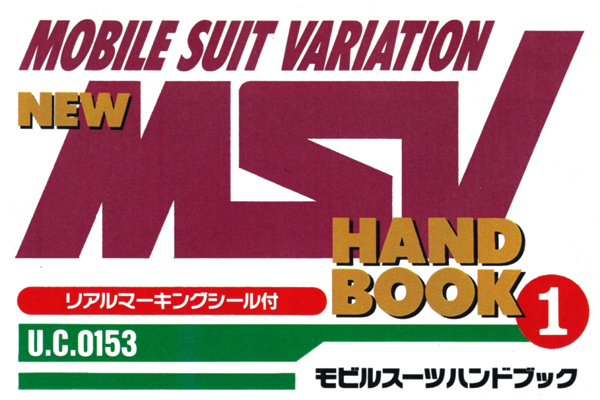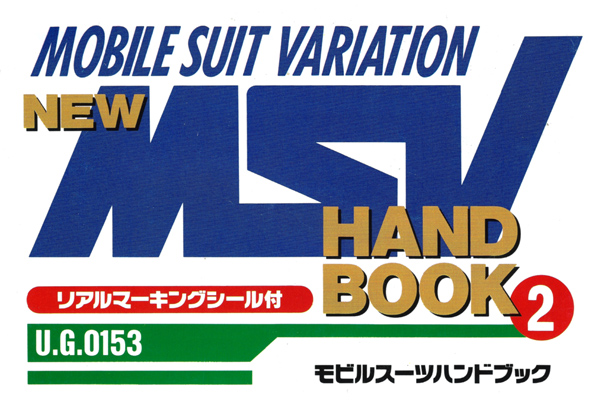Interview with Director Mistuo Fukuda (Animedia, 2024)

DEVOTED TO DEPICTING BATTLESHIPS IN A KICK-ASS WAY
―― The theatrical release of the SEED series blends its signature style with new elements that could only have been introduced after roughly 20 years. How did production on this movie begin?
Given the timeframe constraints of a movie, both GUNDAM SEED and SEED DESTINY feature a large cast of characters and mechas. I didn’t want to cut anything if possible, but when thinking about who should be the primary focus, it had to be Kira in the end. That’s where we started.
―― What themes did you decide to focus on for this narrative?
The overarching themes are “qualification” and “value.” Those are the major themes this time around. On a personal note, I was adamant about depicting the battleships in a kick-ass way. Gundam series are, of course, known for their mobile suit battles, and while each installment has its own way of showcasing these, I’ve always felt the portrayal of battleships was somewhat lacking. It was just a personal thing; I really wanted the battleships to look cool.
―― Regarding the newly designed COMPS ship, the Millennium, what specific requests did you make to the mechanical designer, Kimitoshi Yamane?
My primary request was about the position of the wings. Prior designs mostly had wings at the front or middle of the ship, but I insisted on placing the wings at the back. It’s a classic look that makes battleships and fighters appear cool, but it’s so classic that most people shy away. This time, we deliberately took on that challenge.
―― Why did you decide to make the bridge circular?
Placing the wings at the back and sharpening the tip, as I mentioned, ends up being quite orthodox, so we wanted to introduce a unique element to the bridge as well to set it apart.
―― Can you share what was important to you in depicting the mobile suit battles?
I focused on the sense of speed of beams and missiles, along with a gradient of strength. In the TV series, we started with heavier, more realistic movements, gradually increasing the speed to show the mobile suits becoming stronger. We aimed to replicate that in this movie within the two-hour runtime, starting with a more subdued, realistic approachs.
―― How did you collaborate with mechanical designer Kunio Okawara on the design of the mobile suits?
There weren’t any major requests, but I really wanted to get the weapons system right for this project. I discussed with him that Rising Freedom Gundam and Immortal Justice Gundam would be built from almost identical parts. Since they are standardized models, it makes sense to share parts for mass-produced models. But in the end, they turned out completely different (laughs). Even the Strike Freedom Gundam Type II and Infinite Justice Gundam Type II, which were supposed to only upgrade the damaged shoulders, ended up changing quite a bit.
―― In his interview, Mr. Okawara mentioned that “adding wings to the mobile suits in the SEED series was the director’s preference.”
Adding wings makes the silhouette instantly recognizable. It’s easier and more visually appealing than cluttering it up with various attachments. It’s akin to the feathers worn by Takarazuka Revue performers – they add to the spectacle.
IS ATHRUN’S WAY OF THINKING AT ODDS WITH LACUS?
―― Can you tell us about your approach to depicting the characters?
I wanted to showcase how the characters have grown over time and how the changing times have affected them. This was skillfully handled by the actors, character designer Hisashi Hirai, and the rest of the staff. Watching the film after the TV series, it’s hard to believe it’s been 20 years. Yet, we managed to subtly convey how much they’ve matured.
―― Kira seems to have a lot of moments where he struggles in the film, which is different from his more resigned demeanor in DESTINY.
In DESTINY, it wasn’t so much about being resigned; he was just worn out. I wanted to bring back the Kira from SEED, who was, after all, just a normal student.
―― I can see what you mean. Kira in SEED was always struggling. This time, there’s a development where Athrun knocks some sense into Kira with a punch.
Athrun always ends up being told he’s in the wrong whenever he appears, so I thought, for once, it’d be nice to have him be right in the end (laughs).
―― Athrun has always had a bit of a hard time, hasn’t he?
Athrun is doing what he believes is right. It’s always those around him who betray, not Athrun himself. And Lacus is quite tough on him. Both Lacus and Kira have their own ways of thinking, but Athrun’s ideas just don’t mesh with Lacus’s—they have different values.
―― How exactly do their values differ?
A clear example is early in SEED, when Lacus reaches to touch his cheek, and he instinctively avoids it. He dislikes that kind of interaction because of his pride. Kira is more honest in this regard, and Lacus understands from their first meeting that the essence of Kira matches her own.
CHARACTER DYNAMICS: COUNTERBALANCE BETWEEN KIRA AND ORPHEE
―― While all these serious developments unfolded, there were many moments where Shinn’s actions provided relief.
Shinn is inherently a straightforward and adorable character. Initially, we aimed for a cute, younger brother type who becomes strong when angered, but in the TV series, that cuteness was lost, making him a more intense character. This time, we brought that aspect back. Some might feel “Shinn has changed,” but I believe Lacus is the one who has changed the most in the film. We aimed to bring her back to being a more ordinary girl, which was quite challenging. A lot was entrusted to Rie Tanaka, hoping she’d manage it well.
―― How was the new key character, Orphee, created?
Orphee is a lively man. While completely different from Kira’s personality, he’s envisioned as a similar kind of person. He used to be bright, but unlike Kira, who became darkened by failure and despair, Orphee hasn’t been broken yet.
―― What made Hiro Shimono the deciding factor for casting?
First, with Soichiro Hoshi as Kira, we needed someone who could argue with him on equal footing, with sufficient acting ability and presence. Just that premise narrows down the options (laughs). It was also important that the actor already be familiar with Hoshi’s style.
Starting from scratch with someone who has no idea how he acts would make it really difficult to provide direction and explain the character in just the 10 minutes we had allocated. In Shimono’s case, we have good communication and understand things like “if I tell him this, he’ll act like that.” That existing rapport played a big part.
―― Shimono mentioned he really enjoyed needling Kira. How did you direct him in these scenes?
I told him to always act as if being superior to Kira was the most natural thing. As mentioned, Orphee hasn’t been broken yet and is full of confidence.
―― He also mentioned being incredibly sweet and gentle to Lacus.
Right, but Orphee doesn’t actually like Lacus. She’s like a trophy to him, merely an accessory he desires. He loves the status Lacus represents and believes she rightfully belongs to him.
―― So, even though his behavior is sweet and gentle, there’s no love there.
Exactly. And Lacus herself has directly stated, “The ‘Lacus Clyne’ you love is not me.”




